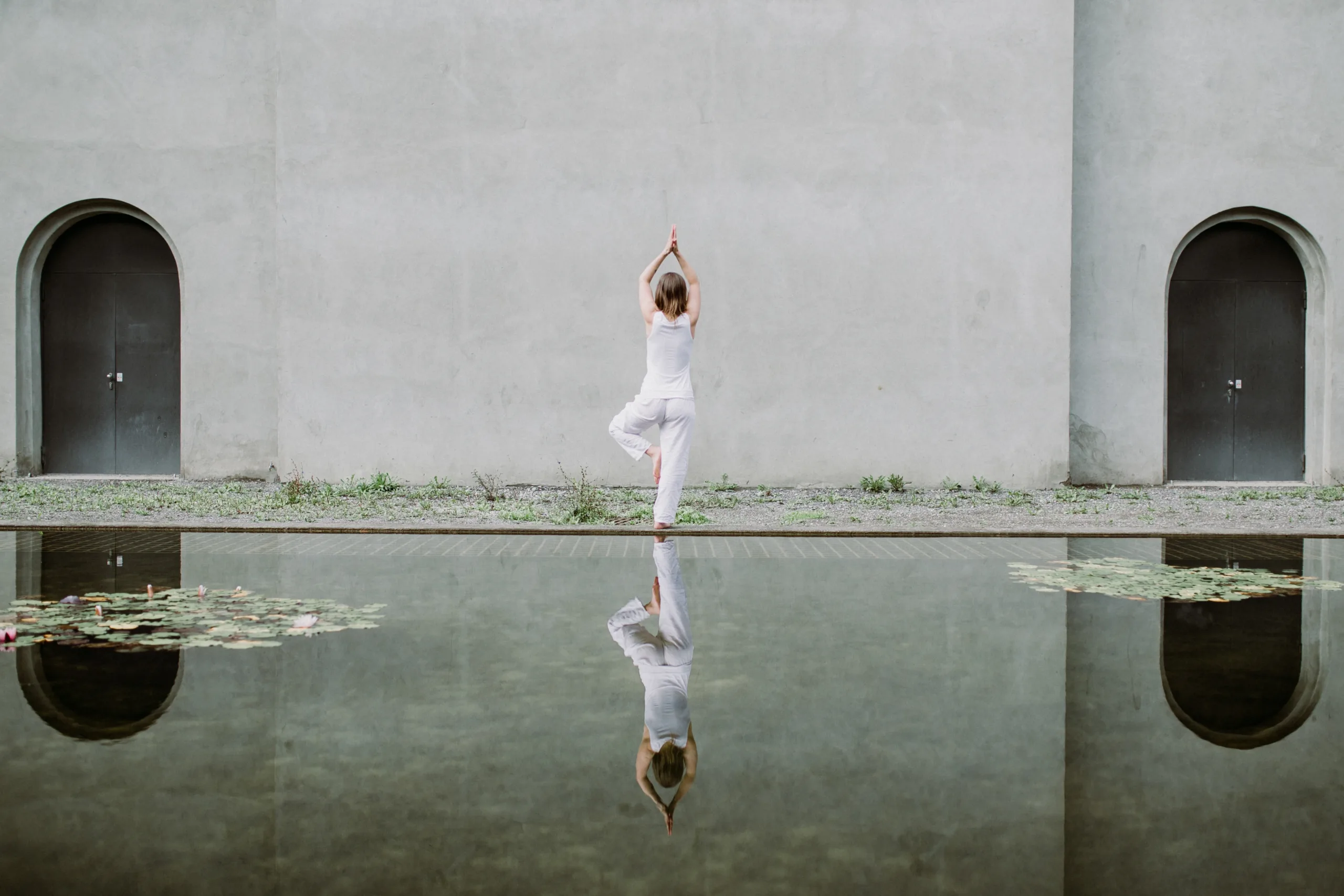Bird Pose Yoga: Soaring to New Heights in Your Yoga Practice
Introduction
Bird Pose, also known as Flying Bird Pose or Bird of Paradise, is a captivating and empowering yoga pose that challenges your balance, strength, and flexibility. It offers a unique blend of grace and strength, allowing you to embody the elegance and freedom of a bird in flight. In this comprehensive guide, we will explore the intricacies of Bird Pose, delve into its benefits for the mind and body, and provide valuable tips to help you master this awe-inspiring yoga asana. Prepare to spread your wings and soar to new heights in your yoga practice!
Understanding Bird Pose in Yoga
Bird Pose, or Flying Bird Pose, is an intermediate to advanced yoga posture that requires stability, strength, and focus. Here’s a breakdown of the pose:
Step-by-Step Guide to Bird Pose:
- Begin in a standing position with your feet hip-width apart.
- Shift your weight onto your right foot and lift your left knee towards your chest.
- With your left hand, hold the outside of your left foot or ankle.
- Slowly extend your left leg forward while maintaining balance on your right foot.
- As you extend your leg, start to rotate your torso towards the left.
- Reach your right arm up towards the sky, extending it overhead.
- Find a focal point to help you maintain balance and gaze forward.
- Hold the pose for several breaths, enjoying the sensation of stability and expansion.
- To release, gently lower your left leg and return to a standing position.
The Benefits of Flying Bird Pose
Bird Pose offers a multitude of physical, mental, and energetic benefits. Incorporating this pose into your regular yoga practice can enhance your overall well-being and deepen your mind-body connection. Here are some key advantages of practicing Bird Pose:
Physical Benefits
- Strengthens the Lower Body: Bird Pose engages and strengthens the legs, hips, and core muscles. The balancing aspect of the pose activates the muscles responsible for stability and support.
- Improves Flexibility: The extended leg in Bird Pose promotes hamstring and hip flexibility. Over time, consistent practice can lead to increased range of motion and suppleness in the lower body.
- Enhances Balance and Coordination: The nature of Bird Pose challenges your balance and proprioception, improving overall stability and coordination.
- Opens the Shoulders and Chest: The twisting action in Bird Pose stretches and opens the shoulders and chest, promoting better posture and relieving tension in the upper body.
Mental and Energetic Benefits
- Fosters Focus and Concentration: Balancing poses like Bird Pose require mental focus and concentration. Regular practice can enhance your ability to stay present and focused, both on and off the mat.
- Promotes Confidence and Empowerment: As you master Bird Pose, you’ll experience a sense of accomplishment and empowerment. The graceful and expansive nature of the pose can boost self-confidence and help you embrace your inner strength.
- Connects You to the Element of Air: Bird Pose symbolizes freedom, lightness, and the ability to soar above limitations. By embodying the essence of a bird in flight, you can cultivate a deeper connection with the element of air and experience a sense of liberation.
FAQs
Q: What is bird pose in yoga?
A: Bird Pose, also known as Flying Bird Pose or Bird of Paradise, is an intermediate to advanced yoga pose that challenges balance, strength, and flexibility. It involves balancing on one leg while extending the other leg forward and rotating the torso.
Q: What are the benefits of flying bird pose?
A: Flying Bird Pose offers physical benefits such as strengthening the lower body, improving flexibility, enhancing balance and coordination, and opening the shoulders and chest. It also provides mental and energetic benefits by fostering focus, promoting confidence and empowerment, and connecting you to the element of air.
Q: What are the benefits of bird of paradise yoga pose?
A: Bird of Paradise pose, a variation of Bird Pose, further increases strength and flexibility in the legs and hips. It also challenges the upper body and core muscles. Practicing this pose can improve balance, promote a sense of freedom and expansion, and enhance the mind-body connection.
Q: What is the hardest yoga pose?
A: The “hardest” yoga pose varies depending on an individual’s skill level and body composition. Poses like Bird of Paradise, Handstand, and Peacock Pose are often considered challenging due to their complexity and the level of strength, balance, and flexibility required.
Q: Which pose is king of yoga?
A: The “king” of yoga poses is often attributed to the revered asana, the Headstand (Sirsasana). It is a powerful inversion that offers a multitude of physical, mental, and spiritual benefits. The Headstand requires strength, balance, and a focused mind.
Q: What yoga style is easiest?
A: Hatha yoga is generally considered one of the easiest yoga styles for beginners. It focuses on gentle movements, basic poses, and breathwork, making it accessible to individuals of all fitness levels and body types.
Conclusion
Bird Pose, or Flying Bird Pose, is a captivating yoga asana that invites you to embrace your strength, grace, and balance. Through regular practice, you can unlock the physical, mental, and energetic benefits of this pose, experiencing a greater sense of stability, flexibility, and self-empowerment. As you spread your wings and soar in Bird Pose, may you discover a newfound freedom and connection to the element of air. Embrace the journey and allow your yoga practice to take flight!
External Links:
